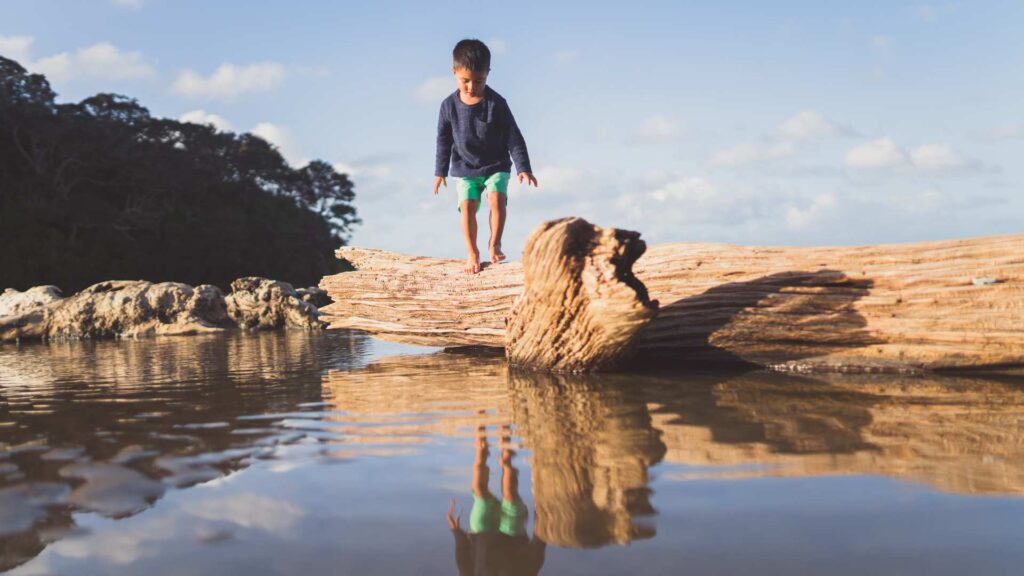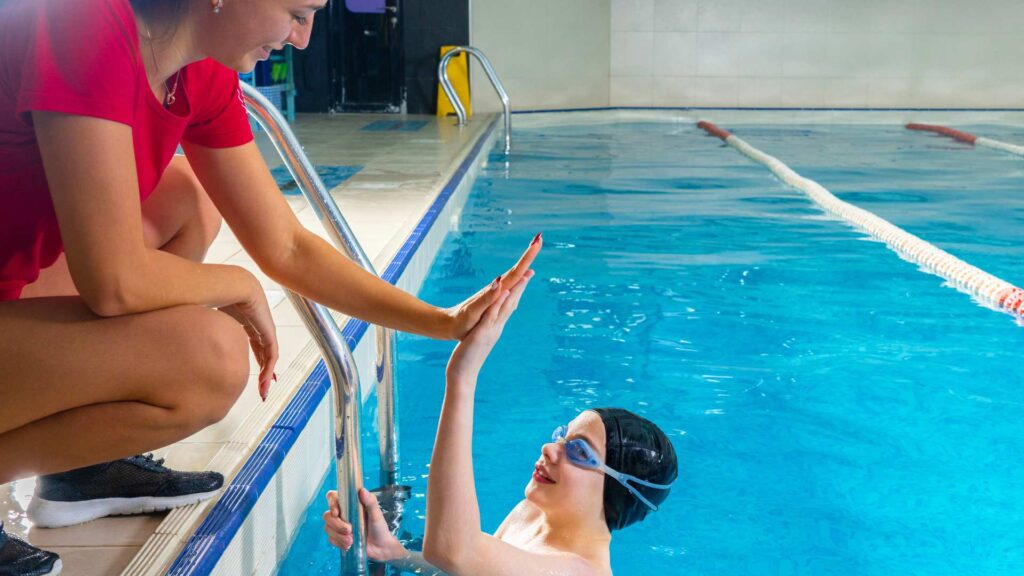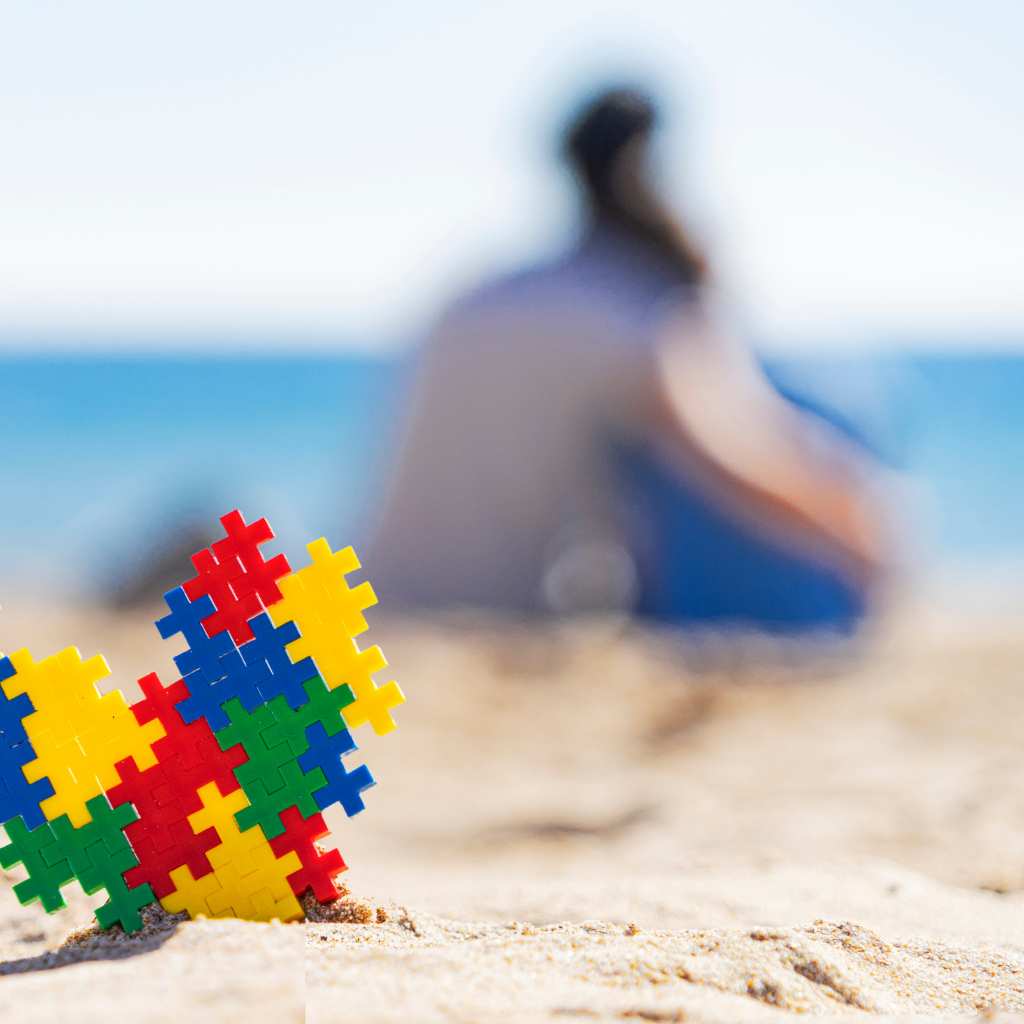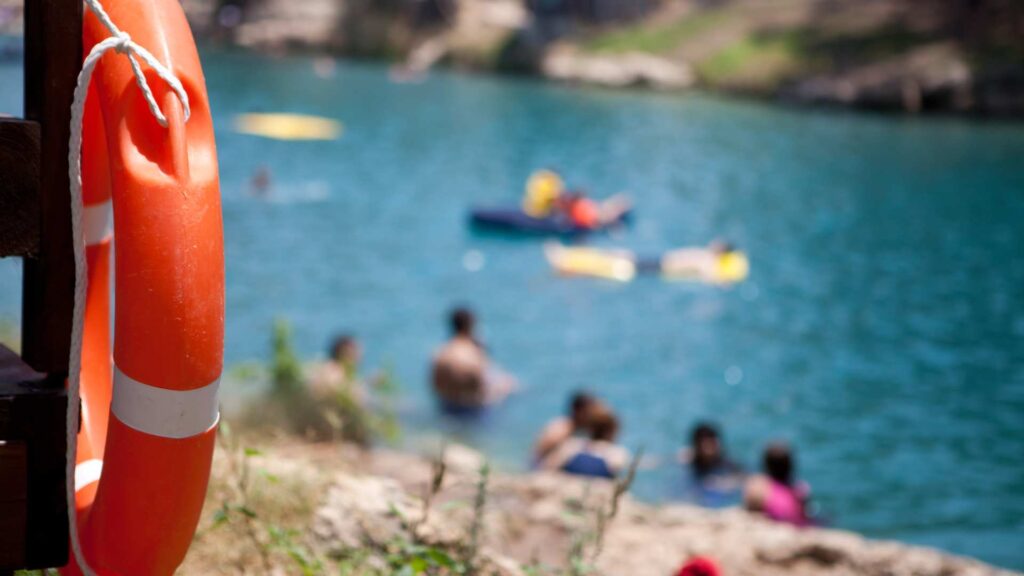Table of Contents
What are some of the possible hazards my child with autism may face?
As a parent or caregiver of a child with autism spectrum disorder (ASD), you already navigate a world entirely of unique struggles, including challenging behavior, social interaction, learning, etc. Among these, one that might not immediately come to mind is water safety. Water, with its natural charm, holds benefits, especially for kids. The splash, the coolness on a hot day, the sheer joy of swimming—these experiences are universal. But for children with autism, the dangers that water presents are far too real and often overlooked.
At this point, you are probably asking yourself, “What are some of the potential challenges my child with autism might encounter?” Well, the answer often involves water and the various bodies of water where families enjoy their time. With this blog by ABA Centers of Virginia, let’s learn how we can all contribute to generating more exceptional safety for children.
Understanding the Risks and Importance

Let’s start by acknowledging something important: water is fascinating. For many kids with autism, the sensory experience of water—the feel of it, the sound it makes, and the way it looks—can be incredibly enticing. However, this attraction can quickly become dangerous. Unlike their neurotypical peers, children with autism might not fully understand the concept of danger, making them more susceptible to accidents, especially around water.
You’ve probably heard the heartbreaking stories, for instance, the recent report from NBC10 Boston about a concerning story from Sutton, Massachusetts. A four-year-old girl with autism was found unresponsive in a neighbor’s swimming pool after going missing. The truth is, the statistics are alarming: drowning is a leading cause of accidental death for children with autism.
Ensuring water safety should be a top priority for families and the community overall, but why? A study by Injury Epidemiology shows that children with ASD are at a higher risk of fatal injuries, mainly from accidental drowning. They analyzed 23 reported incidents in U.S. newspapers. Most drownings occurred in ponds near the child’s home, often in the afternoon, and the child frequently wandered away before the incidents.
The natural curiosity and sensory attraction that water offers, combined with challenges in communication and understanding risks, create a perfect storm of vulnerability.
Why Are Children with Autism at Greater Risk?
Understanding why children with autism are at such high risk around water is the first step in preventing incidents. It’s not just about the physical dangers of water itself but the unique ways in which children with autism experience the world.
Communication Barriers: Many children with autism have significant communication challenges. Whether it’s difficulty with speech or understanding, this can make it nearly impossible for them to express distress or understand a lifeguard’s instructions.
Difficulty with Abstract Concepts: The idea that something could be “dangerous” is not always intuitive. For a child with ASD, the concept of danger can be too abstract to grasp. They might see water as fun and exciting, not realizing that it can also be harmful.
Sensory Overload: For some children with autism, the way water feels, sounds, and looks can be overwhelming in both positive and negative ways. This sensation can lead to behaviors like impulsively jumping into a pool without recognizing the risk.
Challenging Behaviors: Autism often comes with behaviors like elopement, repetitive actions, or intense focus on specific interests. But, the behaviors do not stop there, as these can trigger more alarming incidents. According to the study “Occurrence and Family Impact of Elopement in Children With Autism Spectrum Disorders,” Nearly half of parents in a survey reported that their child with autism had attempted to wander off (or “elope”) at least once after the age of 4.

Alarmingly, 26% of these children went missing long enough to cause serious concern. Among those who went missing, 24% were at risk of drowning, and 65% were in danger of being hit by traffic. The likelihood of a child wandering off increased with the severity of their autism symptoms, rising by about 9% for every 10-point increase on the Social Responsiveness Scale.
Water Safety Skills: More Than Just a Fun Activity

So, what can you do? There are concrete steps you can take to help your child stay safe around water. Teaching swimming skills is one of the most powerful tools when it comes to water safety, as kids with autism often require specialized instruction tailored to their unique learning needs.
Consider finding a program that understands the complexities of autism and offers personalized lessons that move at your child’s pace. These lessons aren’t just about learning to swim—they’re about understanding water safety, recognizing boundaries, and responding to potentially dangerous situations.
Moreover, at ABA Centers of Virginia, we advise the following strategies:
1. Physical Barriers: Ensure your home and surroundings are safe by installing barriers like pool fences, self-latching gates, and door alarms. These are your first line of defense.
2. Visual Aids and Clear Instructions: Use visual aids to help your child understand and remember water safety rules. Simple, consistent messages reinforced with pictures can be more effective than verbal instructions alone.
3. Collaborative Efforts: Water safety isn’t just a family responsibility; it’s a community effort. Inform your neighbors, friends, and family about your child’s specific needs. Please make sure they’re aware of the risks and know how to respond in an emergency.
4. Supervision and Vigilance: Never let your guard down when your child is near water. Even the best swimmers can find themselves in trouble, and constant supervision is essential. Designate a “water watcher” to ensure that someone always focuses on the children near the water during gatherings.
Professional Guidance with ABA Therapy
In many cases, and when it comes to autism, it’s not enough to know our child and apply specific strategies that we read online or share with others. Professional support in this case through a scientifically proven behavioral approach such as ABA therapy can not only give your child the skills to handle difficult situations but also give you the knowledge to make parenting a child with autism calmer, with more tools, and above all, with results.

Through ABA, therapists work on developing communication skills, self-control, and danger awareness, tailoring interventions to the child’s individual needs. For example, ABA therapists can teach so that the child learns to stay in safe areas, recognize dangerous situations such as traffic or water, and respond appropriately in the event of an emergency. In addition, ABA can help parents and caregivers implement safety plans and strengthen positive behaviors that keep the child safe.
ABA Centers of Virginia: Supports You
Ultimately, the goal is not to make water a source of fear but to make it a safe and enjoyable part of your child’s life. With the proper precautions, education, and support, children with autism can learn to enjoy many activities without taking risks.
Many families in Arlington, Washington D.C., and more areas of Virginia have allowed us to be a guiding figure for their children and teens on the spectrum. Whether you require support in navigating behaviors while teaching positives or if you need extra help in identifying your child’s needs to keep them safe.
Safety is a community effort, and at ABA Centers of Virginia, we are doing our part through proven therapies that help your child understand and change certain behaviors that can be harmful. Let’s work together so your child can enjoy life safely.
For more information or to discuss how we can help, please call us at (855) 957-1892 or visit our website to discuss your options and insurance benefits.







